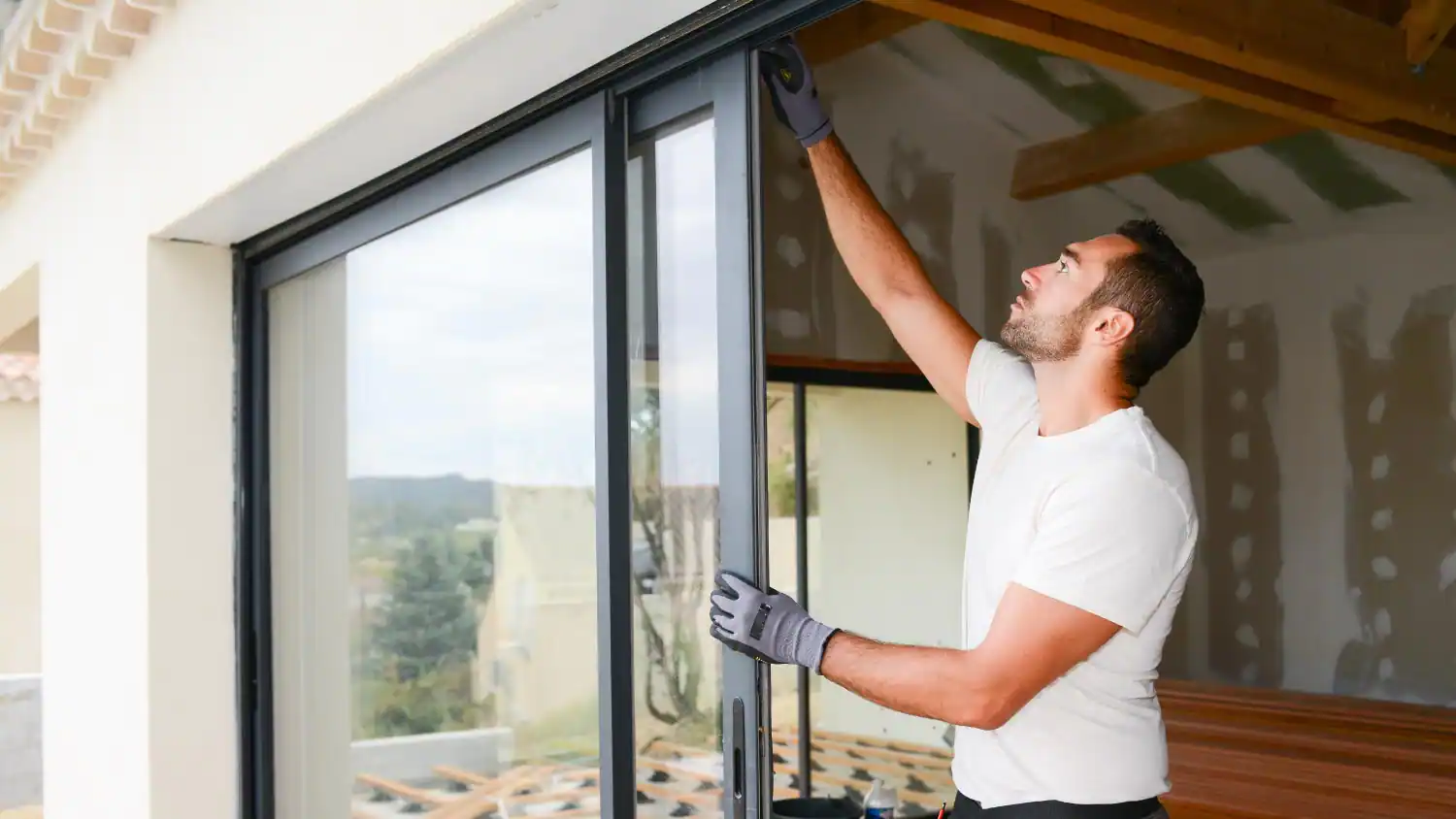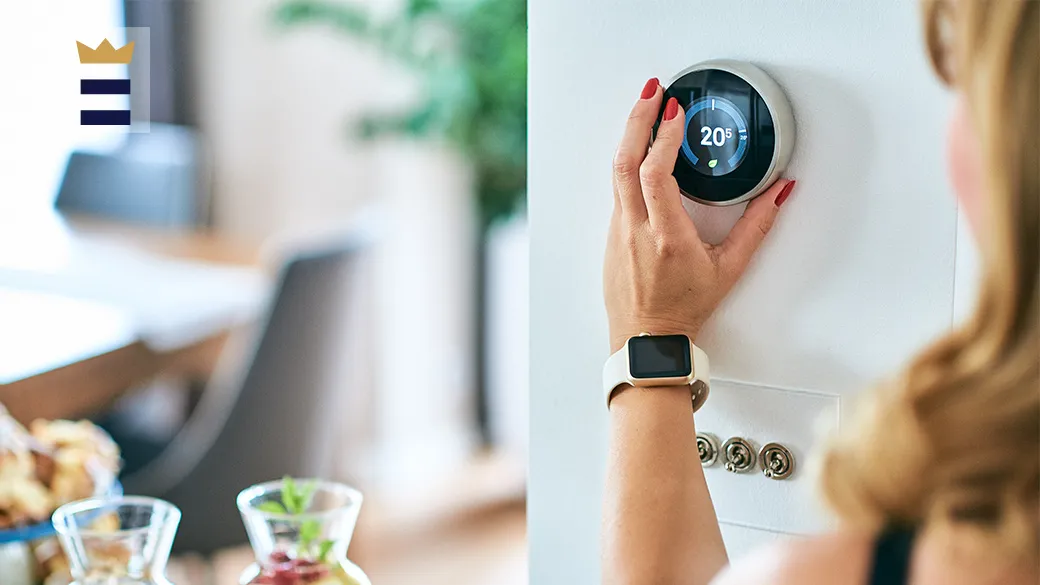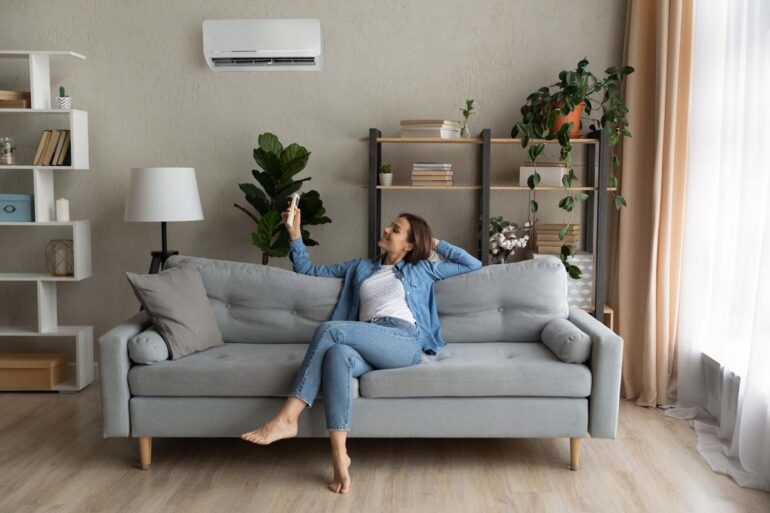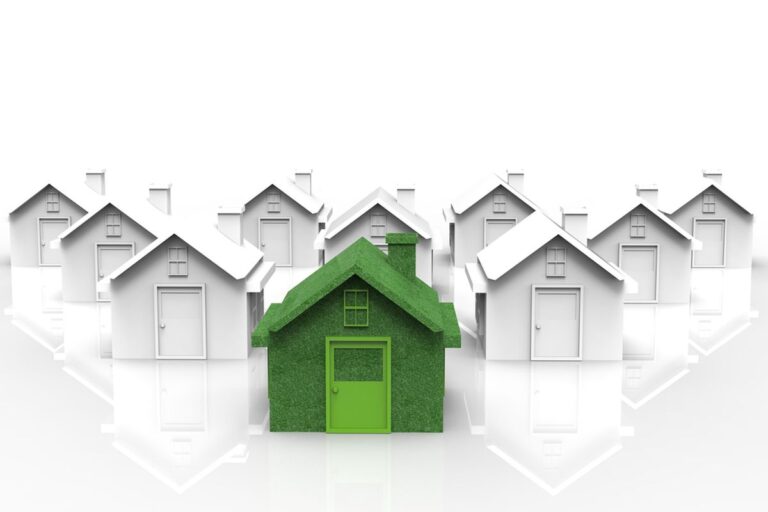In Naperville, IL, a city known for its picturesque neighborhoods and community-focused lifestyle, homeowners are increasingly turning their attention to energy efficiency. This shift is not just about reducing utility bills; it’s about contributing to a larger movement toward sustainability.
As energy costs continue to rise and environmental concerns become more pressing, the importance of making homes more energy-efficient has never been clearer.
By adopting certain practices and making specific home improvements, residents of Naperville and beyond can enjoy the dual benefits of lowering their energy consumption and enhancing their home’s functionality and comfort.
This article will explore several effective strategies to make your home more energy-efficient, each offering a unique way to contribute to a more sustainable future.
1. Upgrade to LED Lighting
LED (Light Emitting Diode) lighting is vastly more energy-efficient than traditional incandescent bulbs, consuming up to 90% less power. This translates into noticeable reductions in your electricity bills.
Moreover, LEDs have a longer lifespan, which means fewer replacements and less waste. Switching to LED lighting is a straightforward and cost-effective step towards a more energy-efficient home.
2. Roof Insulation and Maintenance
A well-insulated and maintained roof is essential for energy efficiency. Heat loss through the roof can lead to increased use of heating systems in the winter and overuse of air conditioning in the summer.
Proper insulation in your attic or roof space keeps your home warmer in the winter and cooler in the summer, reducing the need for artificial temperature control. For those in areas like Naperville, consulting with a local Aurora roofing company can ensure that your roof is in optimal condition, properly insulated, and free from leaks or damage that could compromise your home’s energy efficiency.
3. Install Energy-Efficient Windows

Replacing old, drafty windows with energy-efficient models is a significant step towards reducing your home’s energy consumption. Energy-efficient windows are designed to prevent heat loss during colder months and keep your home cooler during the summer.
This means your heating and cooling systems don’t have to work as hard, leading to lower energy bills. Look for windows with double glazing, low-E coatings, and proper sealing to maximize energy savings.
4. Seal and Insulate Your Home
A well-sealed and insulated home is key to energy efficiency. Cracks, gaps, and holes can allow warm or cool air to escape, forcing your heating and cooling systems to work harder and use more energy. Inspect your home for leaks around doors, windows, and where pipes or wires enter the house.
Use weather-stripping, caulking, or expanding foam to seal these leaks. Additionally, ensure your walls, attic, and basement are properly insulated. This helps maintain a consistent temperature, providing comfort while reducing energy costs.
5. Invest in Energy-Efficient Appliances
When it’s time to replace or upgrade appliances, choosing energy-efficient models can make a significant difference in your home’s overall energy usage. Look for appliances with the ENERGY STAR label, which signifies they meet strict energy efficiency guidelines set by the U.S. Environmental Protection Agency.
These appliances, including refrigerators, dishwashers, and washing machines, use less electricity and water, offering long-term savings on utility bills and contributing to a more sustainable household.
6. Smart Thermostat Installation

Integrating a smart thermostat into your home heating and cooling system is a forward-thinking approach to energy efficiency. These innovative devices allow for more precise control over your home’s temperature, adapting to your schedule and preferences to optimize energy usage.
Smart thermostats can learn your habits, such as when you’re typically away from home, and adjust the temperature accordingly, ensuring that energy isn’t wasted heating or cooling an empty house.
Additionally, many smart thermostats offer remote control via smartphone apps, allowing you to adjust settings even when you’re away from home, further enhancing your ability to manage energy consumption effectively.
7. Use Renewable Energy Sources
Integrating renewable energy sources, such as solar panels, into your residence presents a powerful solution for decreasing dependence on non-renewable resources and reducing monthly electricity costs. These panels harness the power of the sun to generate electricity, directly powering your home. Any surplus energy can either be stored for later use or redistributed back to the power grid.
Despite the notable upfront cost associated with installing solar panels, the extended savings on utility bills and the positive environmental impact make it a worthwhile investment. For those who may not be prepared to install solar panels, alternatives like participating in community solar projects or opting for renewable energy plans through local utility providers offer additional means to embrace renewable energy sources.
8. Water Conservation Measures
Water conservation is another crucial aspect of making your home more energy-efficient. Using less water reduces the energy needed to pump, heat, and treat water. Simple measures like installing low-flow showerheads and faucets, fixing leaks promptly, and using water-efficient appliances can significantly reduce water usage.
Additionally, consider collecting rainwater for outdoor use and choosing drought-tolerant plants for your garden, further minimizing the need for water usage in your home.
9. Optimize Home Heating and Cooling Systems

Regular maintenance of your home’s heating and cooling systems is essential for energy efficiency. Ensuring that these systems are in good working order can prevent unnecessary energy use and prolong their lifespan.
This includes routine tasks like changing air filters, cleaning vents, and having professional check-ups. Additionally, consider adding or updating insulation in areas like attics and basements to enhance the efficiency of your heating and cooling systems.
10. Conduct an Energy Audit
A home energy audit is an excellent way to assess how much energy your home consumes and to identify measures you can take to make your home more energy-efficient. An audit can reveal areas of energy loss, such as drafts around doors and windows, insufficient insulation, or old appliances.
Many utility companies offer free or discounted energy audits, or you can hire a professional energy auditor. The insights gained from an energy audit can guide your decisions on where to focus your energy-efficiency efforts.
Conclusion
Transforming your home into an energy-efficient space is a journey of numerous steps, each contributing to a larger goal of sustainability and cost-effectiveness. From the simplicity of upgrading to LED lighting to the more significant undertaking of installing renewable energy sources, each strategy plays a pivotal role in reducing your home’s environmental footprint.
Not only do these measures contribute to a healthier planet, but they also bring tangible benefits to homeowners in the form of lower utility bills and improved home comfort.

